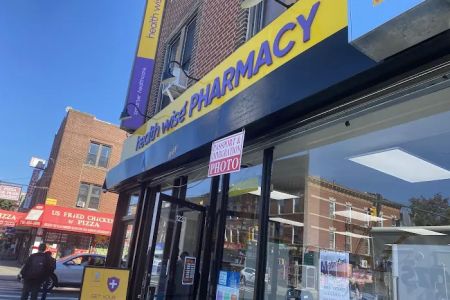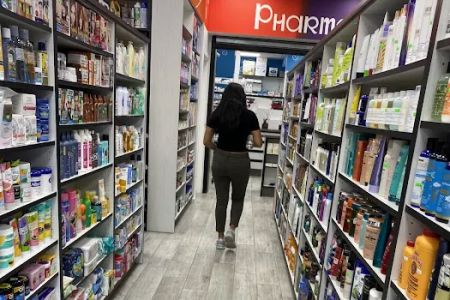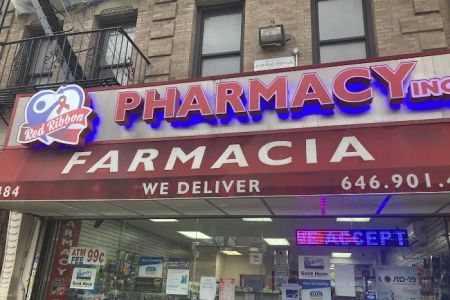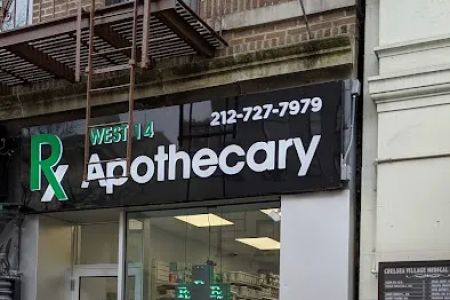Pharmacy Involvement in Pain Management and Opioid Addiction Care
As someone who has worked in healthcare for years, I’ve come to realize that pharmacy plays an essential role in both pain management and opioid addiction care. Pharmacists are often seen as the gatekeepers of medications, but their involvement goes far beyond just dispensing pills. In fact, they are at the heart of efforts to improve patient outcomes, reduce misuse, and manage chronic pain effectively. Over time, I have seen firsthand how pharmacists can make a difference in these areas. In this article, I want to delve into how pharmacy professionals are reshaping pain management, addressing the opioid crisis, and playing a key role in addiction care.
The opioid crisis in the United States has escalated over the years, leaving healthcare providers to seek effective solutions for managing pain without exacerbating addiction. Pharmacists are stepping up to this challenge in multiple ways, offering critical support not only in prescribing and medication management but also in patient education and preventive care. Here’s a deeper look at how pharmacy professionals are involved in pain management and opioid addiction care.
1. The Role of Pharmacists in Pain Management
When it comes to pain management, pharmacists are more than just dispensers of medication. They are highly trained healthcare professionals who work closely with doctors to ensure that patients receive the appropriate medications, doses, and treatments for their specific needs. As a patient, I’ve personally experienced the benefits of consulting with a pharmacist regarding my pain management plan.
Pharmacists assess the overall health of the patient and recommend the safest and most effective treatment options. They help identify alternative therapies when opioids are not appropriate, such as non-steroidal anti-inflammatory drugs (NSAIDs), antidepressants, or anticonvulsants, which have been shown to be effective for certain types of pain, like neuropathic pain. I’ve learned that with the expertise of pharmacists, patients can be better informed about their treatment options, reducing unnecessary reliance on opioids.
2. Medication Management and Monitoring
One of the most crucial aspects of pharmacy involvement in pain management is medication management and monitoring. Pharmacists are responsible for making sure that prescribed medications are being taken correctly and that the patient isn’t at risk of adverse effects, drug interactions, or misuse. In my experience, pharmacists have been instrumental in ensuring that I’m taking my medications safely and as prescribed.
For patients with chronic pain, pharmacists frequently conduct regular follow-ups to ensure that medications are still effective and that there are no signs of misuse. This proactive approach helps in identifying potential issues early on, such as opioid tolerance or side effects, and enables adjustments to be made before problems arise. Additionally, pharmacists educate patients about the proper use of pain medications, including proper disposal of unused drugs to prevent misuse.
3. Preventing Opioid Misuse and Overdose
Opioid misuse and overdose have become a major public health issue, and pharmacists are playing an increasingly vital role in combating this crisis. Pharmacists are in a unique position to monitor patient prescriptions, detect signs of misuse, and intervene when necessary. During one of my visits to a pharmacy, I learned how pharmacists are trained to recognize red flags such as overlapping prescriptions or patients seeking opioids from multiple providers.
Pharmacists are also involved in the use of prescription drug monitoring programs (PDMPs), which track prescribed controlled substances to prevent “doctor shopping” and other forms of opioid misuse. By checking PDMPs, pharmacists can identify potential cases of abuse and have important conversations with patients about safer alternatives. In many states, pharmacists can also provide naloxone (Narcan), a medication that reverses opioid overdoses, without a prescription. This life-saving intervention is crucial in reducing the number of opioid-related deaths and plays a significant role in the ongoing fight against addiction.
4. Education and Patient Support
Pharmacists serve as an essential educational resource for patients struggling with pain management and opioid addiction. I’ve found that many people aren’t fully aware of the risks associated with opioid use or the potential for addiction. Pharmacists provide valuable information on safe medication practices, including the proper way to take medications, what side effects to watch for, and how to taper off medications when it’s no longer necessary.
In addition to one-on-one counseling, pharmacists often host community outreach programs to raise awareness about the dangers of opioid misuse and educate people on alternative pain management options. I’ve attended a few of these programs, and it’s clear that empowering patients with the knowledge they need can help reduce the stigma surrounding addiction and improve the overall approach to pain care.
5. Pharmacists’ Role in Opioid Addiction Treatment
Pharmacists are integral to opioid addiction treatment. They collaborate with other healthcare providers to ensure patients are on the right path toward recovery. I’ve personally seen how pharmacists support individuals struggling with opioid addiction by guiding them through medication-assisted treatment (MAT), which combines medications such as methadone, buprenorphine, and naltrexone with counseling and behavioral therapies.
Pharmacists are responsible for monitoring the effectiveness of MAT, managing side effects, and ensuring that the medications are taken as prescribed. They also work closely with addiction specialists and therapists to ensure a comprehensive treatment plan that addresses both the physical and psychological aspects of addiction. With their expertise, pharmacists provide the continuity of care that is essential for patients in recovery.
6. Supporting Non-Opioid Pain Relief Alternatives
As the opioid crisis continues to evolve, many healthcare professionals, including pharmacists, are focusing on non-opioid pain management options. Pharmacists help patients explore alternative therapies such as physical therapy, acupuncture, massage, and cognitive-behavioral therapy (CBT), which can provide effective pain relief without the risk of addiction. From my own experience, pharmacists were instrumental in guiding me toward non-opioid options when I was recovering from an injury, which helped me avoid becoming reliant on prescription painkillers.
Pharmacists also help educate patients about over-the-counter medications, supplements, and lifestyle changes that can improve overall pain management. By offering a wide range of treatment options, pharmacists empower patients to make informed choices and take control of their pain in a healthier, more sustainable way.
7. The Future of Pharmacy in Pain and Addiction Care
The role of pharmacists in pain management and opioid addiction care is expected to grow in the coming years as the opioid crisis continues to affect more individuals. With the opioid epidemic still a major concern, pharmacists are uniquely positioned to drive change by improving patient care, advocating for safe prescribing practices, and offering support for those in recovery.
In the future, we can expect even more advancements in the integration of pharmacy services with pain management strategies. With the growing use of telehealth and digital health technologies, pharmacists will likely have a more active role in remote monitoring, medication counseling, and patient support. I’m excited to see how the role of pharmacists continues to evolve as we work towards safer, more effective solutions for managing pain and treating opioid addiction.
8. Conclusion
Pharmacy involvement in pain management and opioid addiction care is crucial for improving patient outcomes, reducing misuse, and providing support to those in need. From medication management and education to opioid misuse prevention and addiction treatment, pharmacists are at the forefront of combating the opioid crisis and ensuring that patients receive the best care possible. If you or someone you know is dealing with chronic pain or opioid addiction, I encourage you to consult with a pharmacist to explore all available treatment options and make informed decisions about care.














